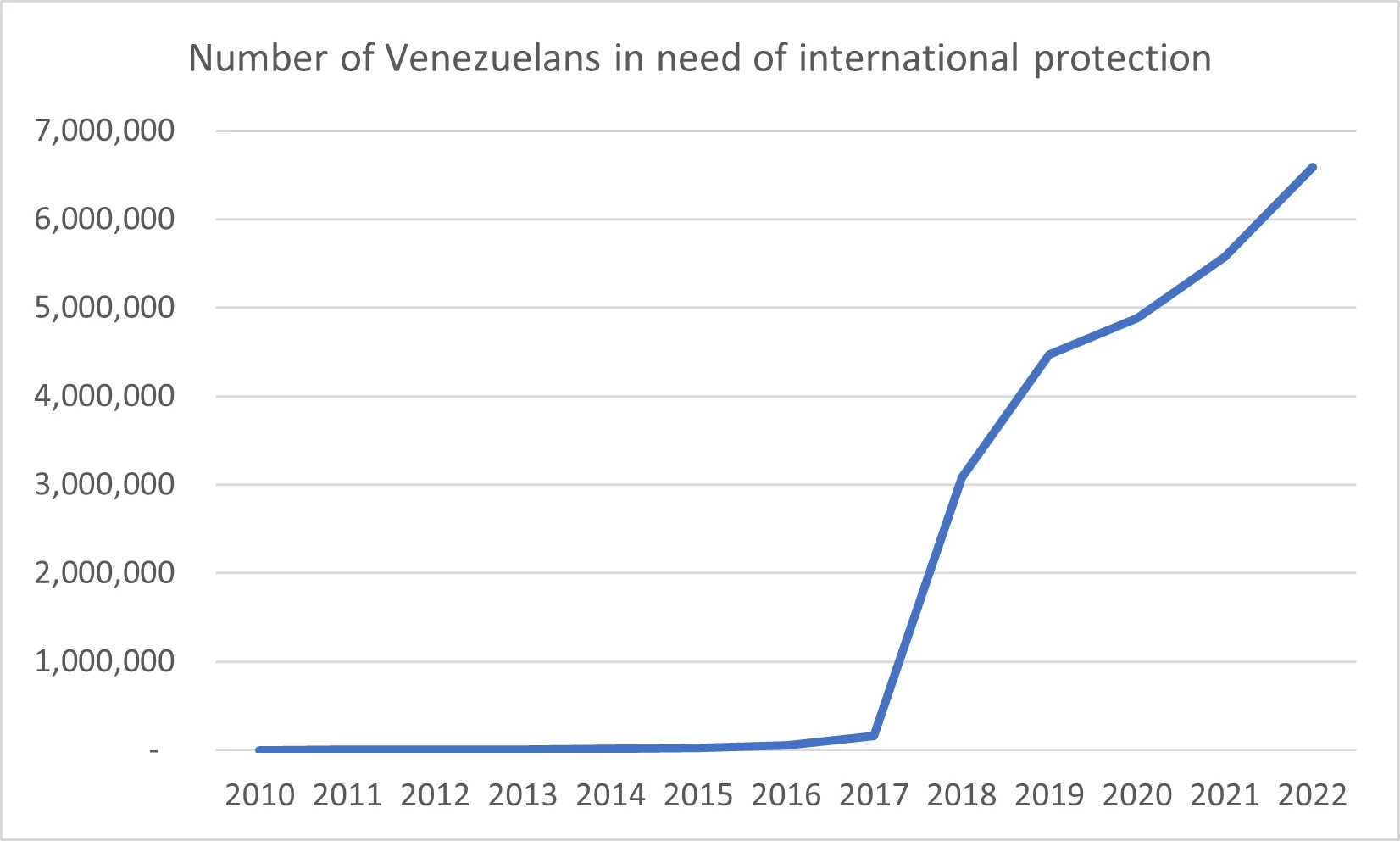 With remarkable rapidity, a commitment to ‘better understand and address the governance and corruption (GAC) impediments to development effectiveness’ as a basis for policy advising is taking hold among development practitioners. The implications for development work of bringing GAC to center stage are profound and unsettling – and only beginning to come into view. The momentum for GAC mainstreaming has two main drivers. The first comprises a recognition that the credibility of the aid endeavor depends on taking GAC seriously – as evidenced by the 2007 strategy paper, Strengthening World Bank Group Engagement on Governance and Anticorruption, and similar initiatives by other donors.
With remarkable rapidity, a commitment to ‘better understand and address the governance and corruption (GAC) impediments to development effectiveness’ as a basis for policy advising is taking hold among development practitioners. The implications for development work of bringing GAC to center stage are profound and unsettling – and only beginning to come into view. The momentum for GAC mainstreaming has two main drivers. The first comprises a recognition that the credibility of the aid endeavor depends on taking GAC seriously – as evidenced by the 2007 strategy paper, Strengthening World Bank Group Engagement on Governance and Anticorruption, and similar initiatives by other donors.
The second, and more fundamental, driver comprises a growing understanding of the limits of narrowly technocratic economic and engineering approaches to development intervention. This understanding has been driven both by increased recognition of the limits of ‘best practice’ approaches to policy prescription in the face of stubborn country-specific realities (Afghanistan and Iraq are only two of the many dozens of country examples that come to mind among practitioners working globally) - and by academic research (by, among others, the Nobel laureate Douglass North, and Harvard economist Dani Rodrik) which consistently shows that while so-called ‘best practice’ reforms generally do not succeed, more modest, incremental approaches can yield far-reaching gains.
The goal of the new Governance for Development blog is to provide a forum among World Bank Group staff engaged in the GAC-mainstreaming endeavor and the wider development community for experience sharing, reflection and discussion as to the implications of GAC mainstreaming for development work. A decade ago, recognition of the critical role of the underlying rules seemed to point naturally towards a fairly straightforward (if ambitious) agenda of fostering ‘good governance’ institutions. The general idea was that the institutional characteristics of capable and accountable states are well known – so the reform challenge was to redesign a country’s governance system to incorporate these characteristics. But GAC work not only has highlighted the central role of institutions, it also has enhanced our appreciation of the relevance of politics in shaping and constraining ways forward. And when politics is brought into the equation, the implications of the insight that institutions matter become considerably more complex
Politics (stakeholders, and their power, incentives, skill, capacity to organize and constraints) inevitably shapes the dynamics of reform. A country’s economic, social and political institutions cannot be re-engineered from scratch. At any moment, each country has a specific point of departure, and evolves through search and learning. Changes in one part of the system evoke adaptations in other parts, in an ongoing, cumulative process. Effective action works with rather than against a country’s grain in order to nudge forward this interdependent, dynamic process.
Working ‘with the grain’ in a way that takes institutions and politics into account calls for different approaches to engagement – and different ways of identifying which approaches make sense across different country contexts. The chart below lays out a spectrum of entry points. These comprise (moving across the figure from left to right, from less to more far-reaching):
- A ‘feasible policy reform’ entry point – where the aim is to identify options for the specific development initiative under consideration that do not confront directly the interests of powerful incumbent stakeholders that have incentives to sustain the status quo. Though such options generally fall short of some notional optimum, they can both achieve gains in the short-term, and potentially build momentum for more far-reaching reforms down the road.
- A ‘small-g’ governance entry point – focused efforts to foster participation in and oversight of the provision of public services by stakeholders with strong, unambiguous incentives to achieve good results. Space to pursue approaches along these lines often is open in otherwise constrained environments because it provides opportunities for leaders to pressure mid-level government officials to be more effective, or to build islands of effectiveness from the bottom up.
- Orchestrating stakeholders for policy reform – with a focus on upstream rather than downstream processes. In contrast to approaches that work around incumbent stakeholders, the aim here is to crowd potential ‘winners’ and other advocates of change into the dialogue on reform options, thereby building momentum for far-reaching initiatives.
- At the most ambitious end of the spectrum are ‘big-G’ governance reforms to strengthen national-level institutions (elected legislatures, the judiciary, centralized auditing authorities, ombudsmen, a free and vigorous media, and the like) that hold government to account. In settings with weak institutions where leaders enjoy large discretion, their incentive to champion such reforms may be (to put it mildly) ‘mixed’.
What has been the experience of the development community with using these different approaches in different settings? What have we learned about what works, and what doesn’t across different settings – and why? What tools are available to help development professionals navigate this challenging new frontier – and how useful are they? What are the pressing research priorities? The hope is that this new blog will become a vibrant platform for conversation among development practitioners the world over as we confront these and related challenging frontier questions.



Join the Conversation